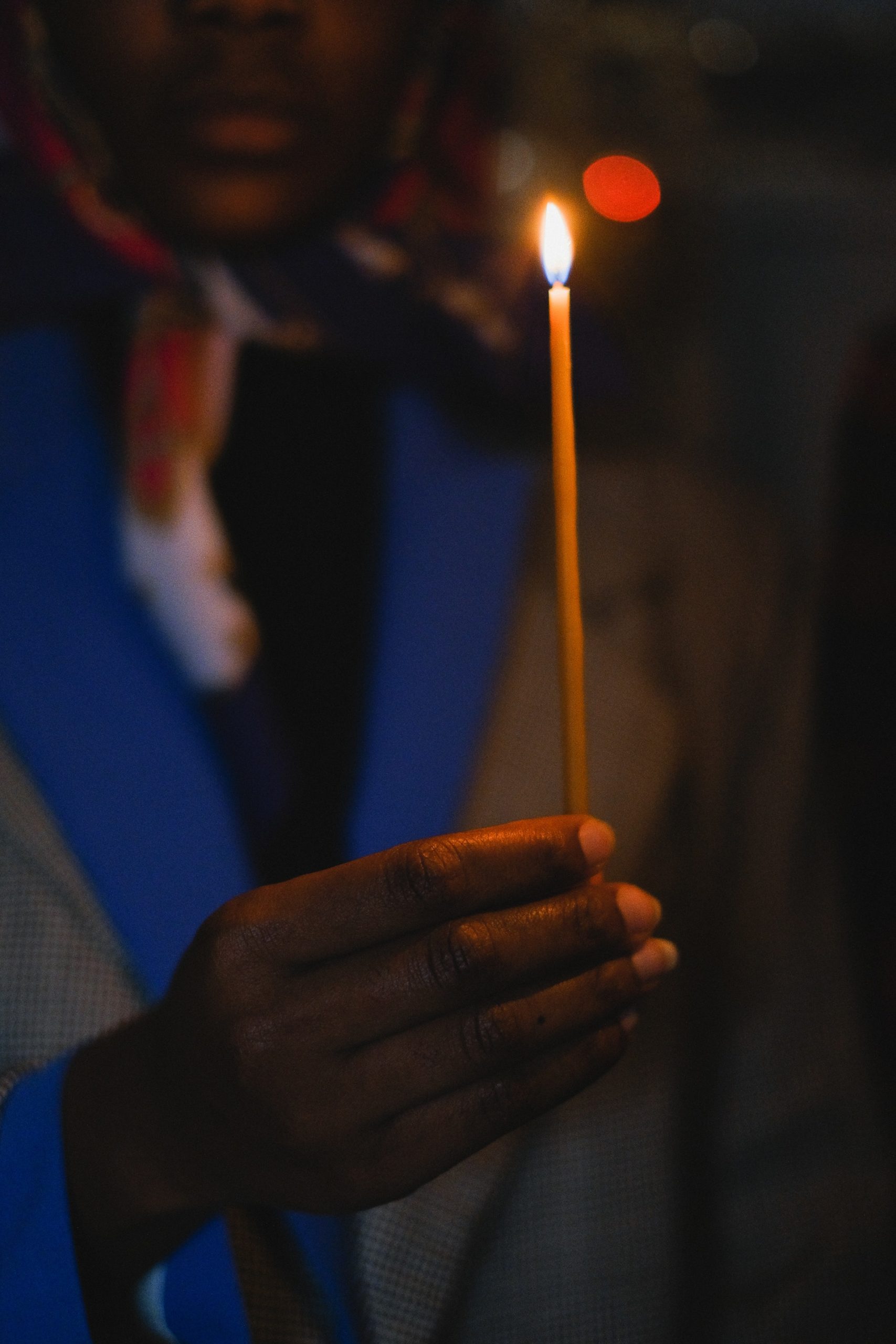Today marks the beginning of the season of Advent – that short four weeks leading up to Christmas. It’s a lovely season featuring the Advent wreath, filled with beautiful music and the symbol of light, as we light a new candle each week in anticipation of lighting the Christ Candle on Christmas Eve. One of the evocative images of Jesus in the New Testament is that of the Morning Star rising before dawn. It’s a sign of promise, as the darkness of night gives way to the light of day. Light has always been an important metaphor for God, and it certainly features highly in the nativity stories of Matthew and Luke.
In Matthew we read about a star that guides the Magi to worship the baby born to be king, and in Luke the brilliance of the of angel choir dazzle the shepherds on the hillside outside Bethlehem as they tell of Jesus birth and sing their song of praise to God. In the birth of Jesus the light of God’s love shines in the darkness of a world of oppression and injustice.
Throughout the Season of Advent this theme of light shining in darkness remains like the golden thread woven through the season, and is highlighted each week as we hear about the work of Act for Peace – the service arm of the Christmas Bowl Appeal. This year Covid 19 has had a huge impact on our world, especially in developing countries where they have not had the supplies of vaccines like we have. Through the Christmas Bowl, we work with local churches on the ground in very needy areas of the world marked by poverty, and often torn by war. Its one way by which we can share the light of God’s love through our contribution.
Some years ago I had the idea of holding a very different Christmas service. It was a service where everyone in the congregation got to play a part in the Nativity Story, not just the children. We had rows of shepherds wearing tea-towels, pews filled with angels with wings and halos, wise men including some with their special PhD hats on, and one retired minister who clearly missed his vocation on the stage as he acted out a very angry King Herod (and broke one of the church chairs in the process! Yes, he was quite dramatic.) And we even had a young mum with a new born baby. Of course the children were also included as they sang ‘Away in a Manger,’ and gathered around the young Mary and child in the sanctuary. The whole service made the point that Christmas is not just for children but for all of us.
Recently I heard about a tradition in Delhi, India where churches put on Nativity plays all acted by adults. We are used to Crib Services where children play all those parts. When you see a nativity play performed by adults in a country like India, a place where to be a Christian is always to experience being in a minority, often to face cultural discrimination, and sometimes to find yourself in a place of physical danger, you start to see aspects of the story that get overlooked.
You see for a start that Christmas is about suffering people. The children of Israel are living in occupied territory. Rome is an empire, which has no interest in its subject peoples other than extracting from them money and raw materials. At every place in the Christmas story we see the reality of oppression. The story starts with a census. Why a census? In order to extract more money. Joseph has to travel with his pregnant wife the 100 miles from Nazareth to Bethlehem. Do the authorities care about Mary’s condition? Do they compensate Joseph for hours lost at the carpenter’s lathe or expenses incurred on an arduous journey? Of course they don’t. Just look how this story touches on a wide swathe of human suffering, and the Christmas Bowl enables us to respond in compassion, offering hope and healing.
Peter
Photo by Anna Shvets from Pexels





